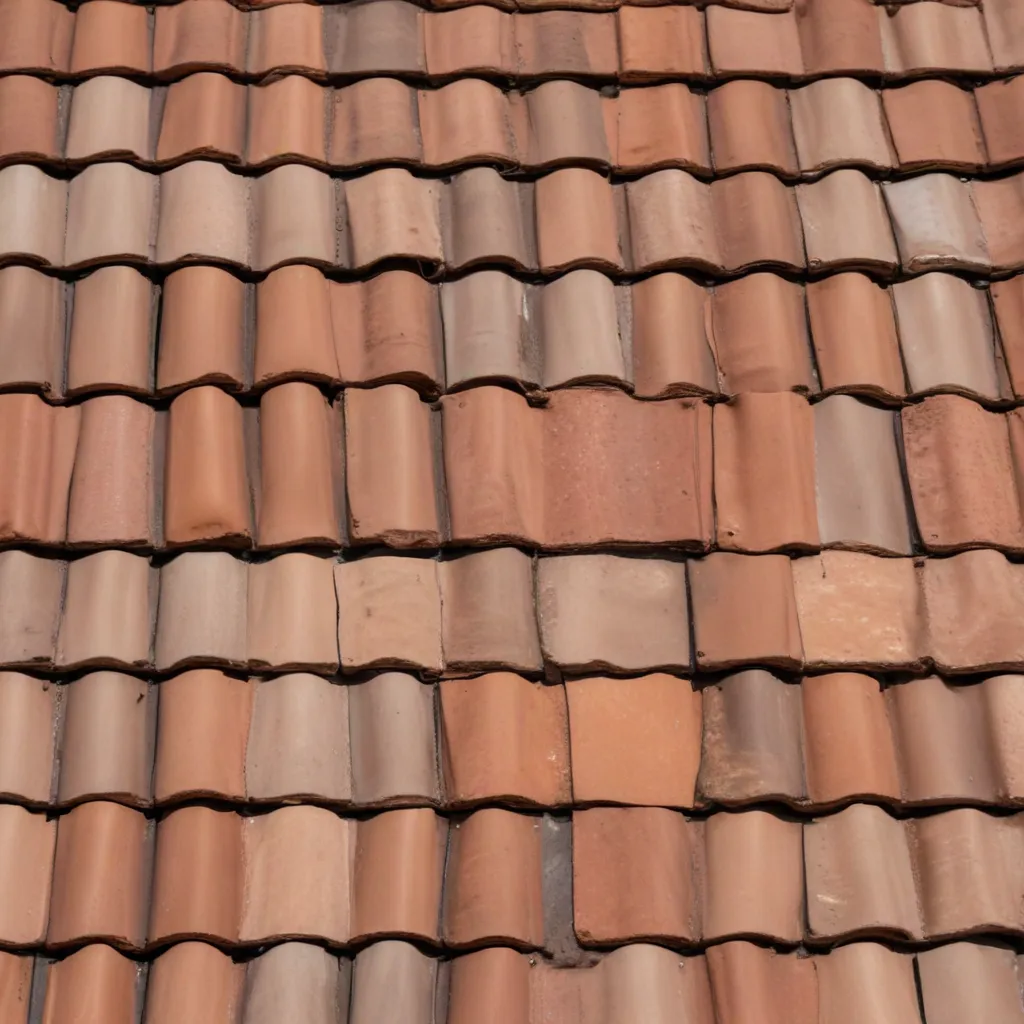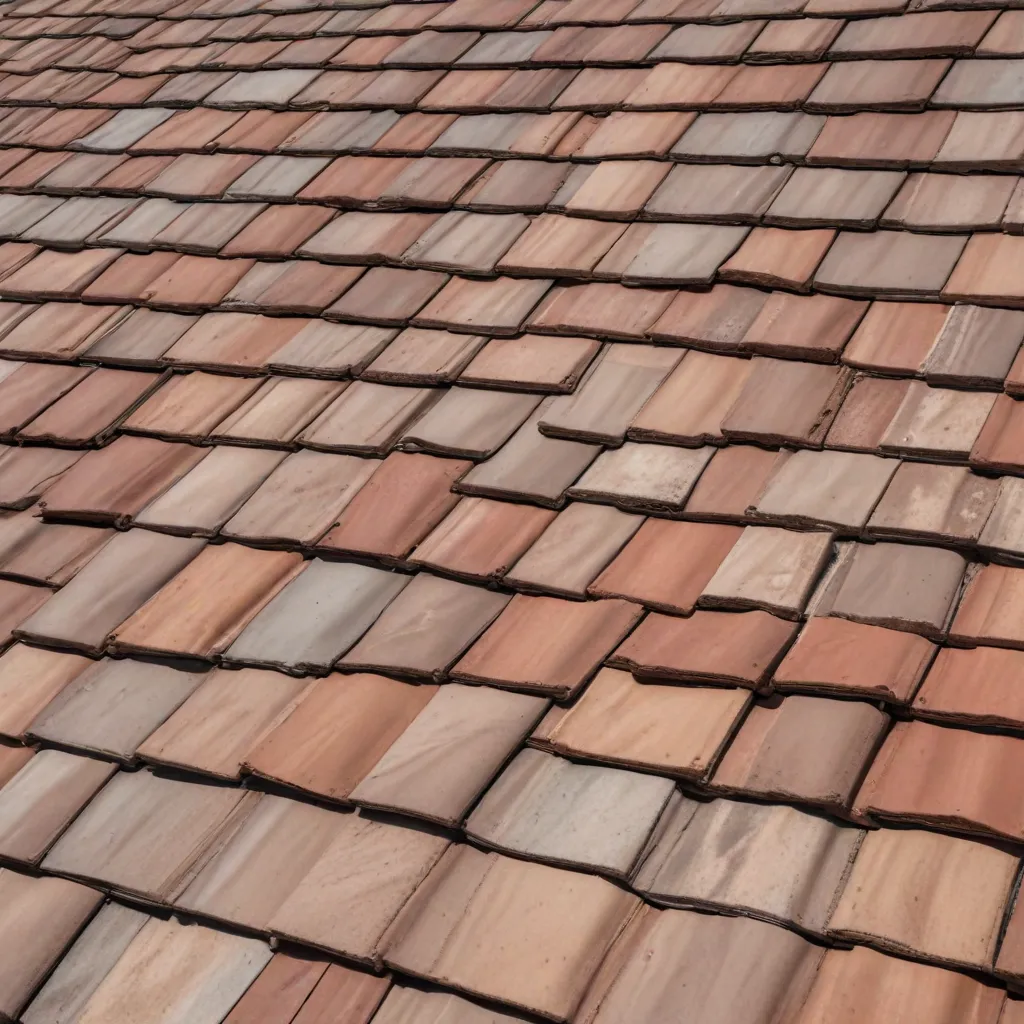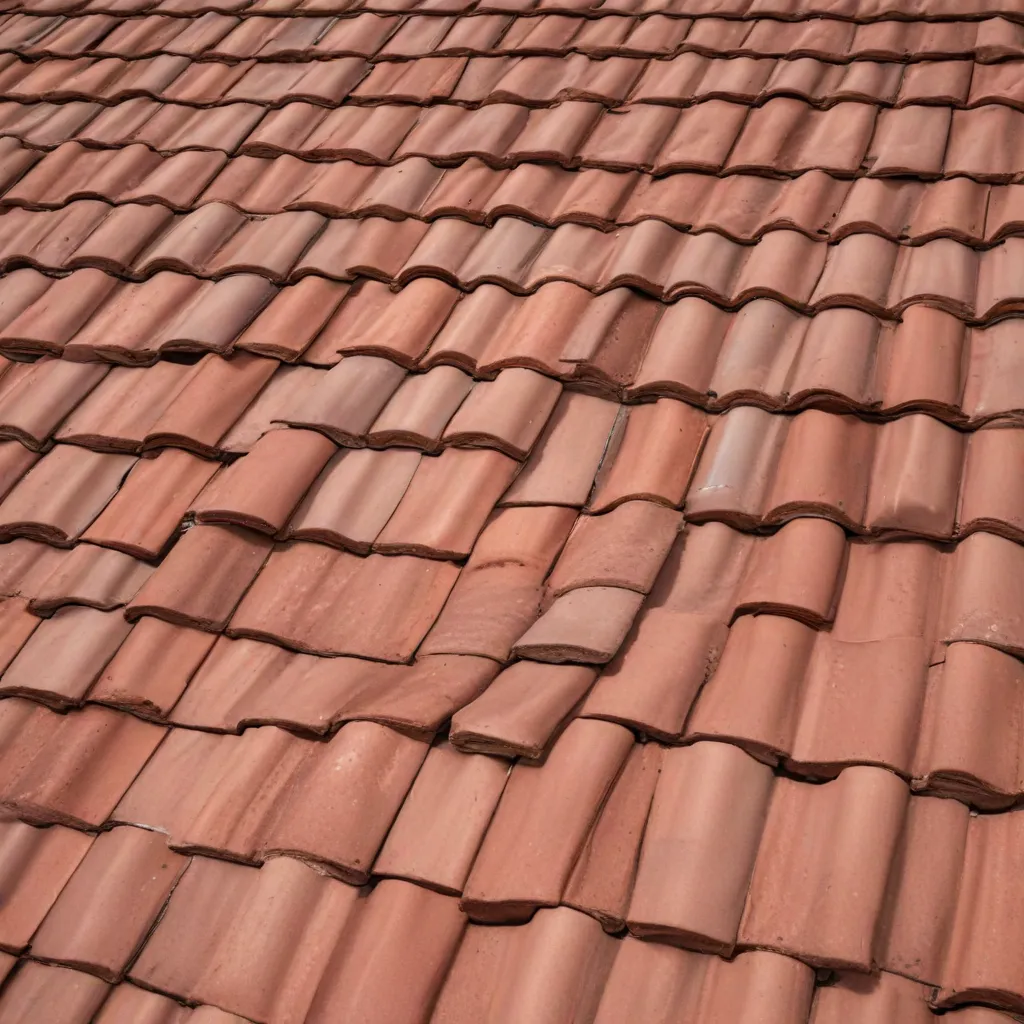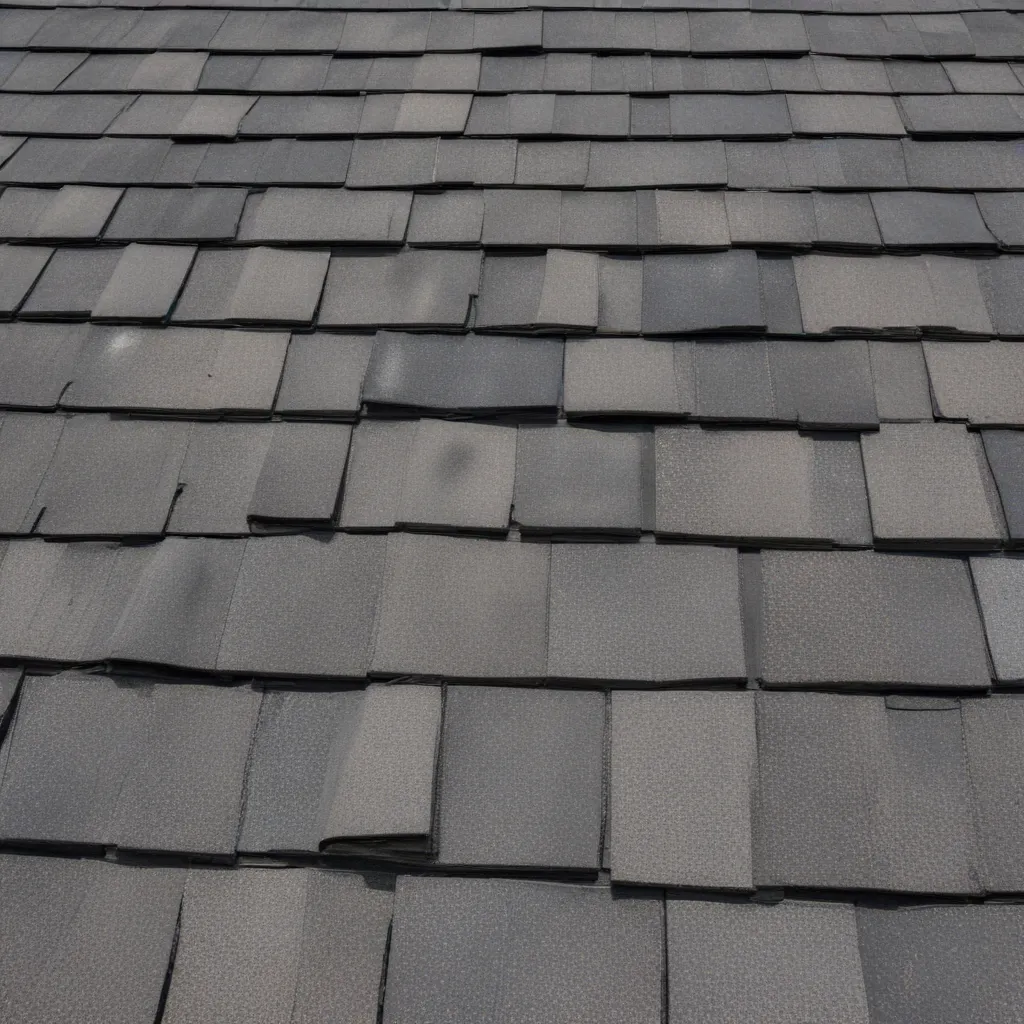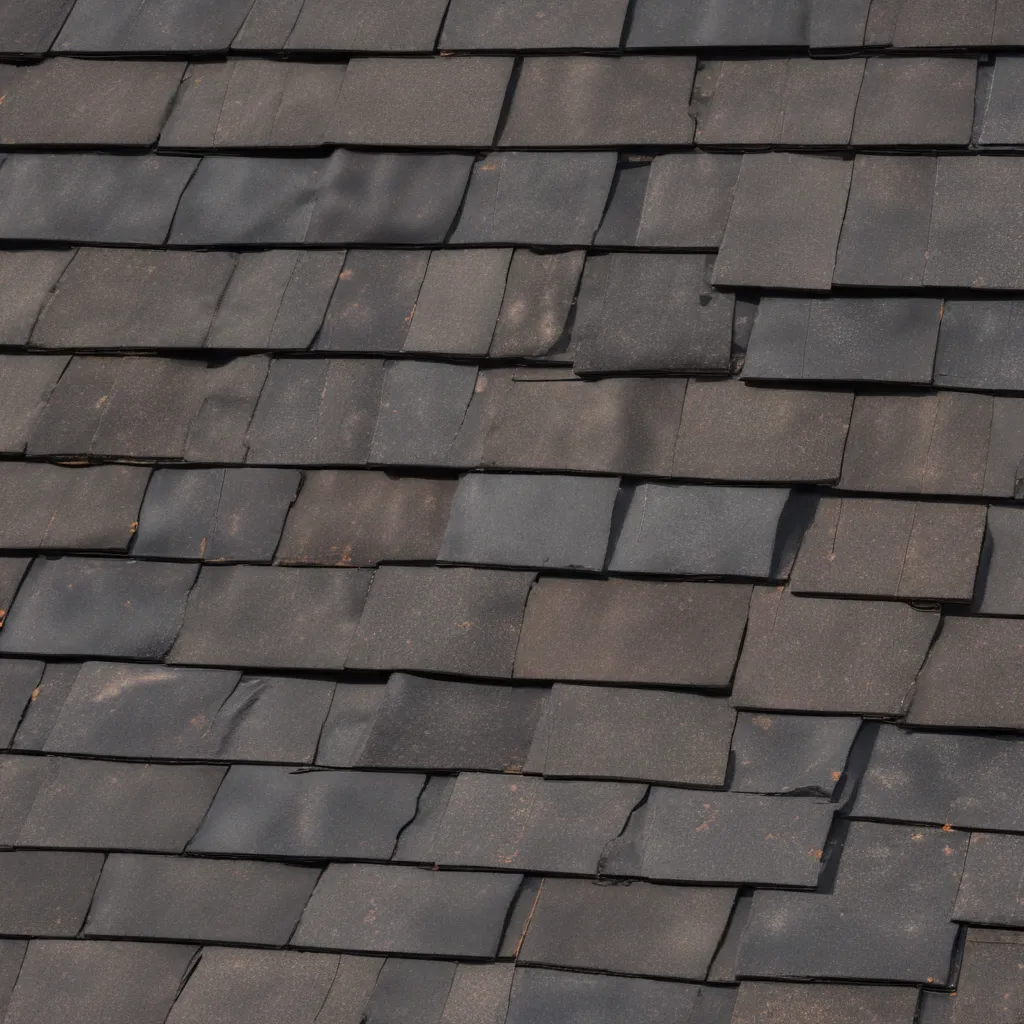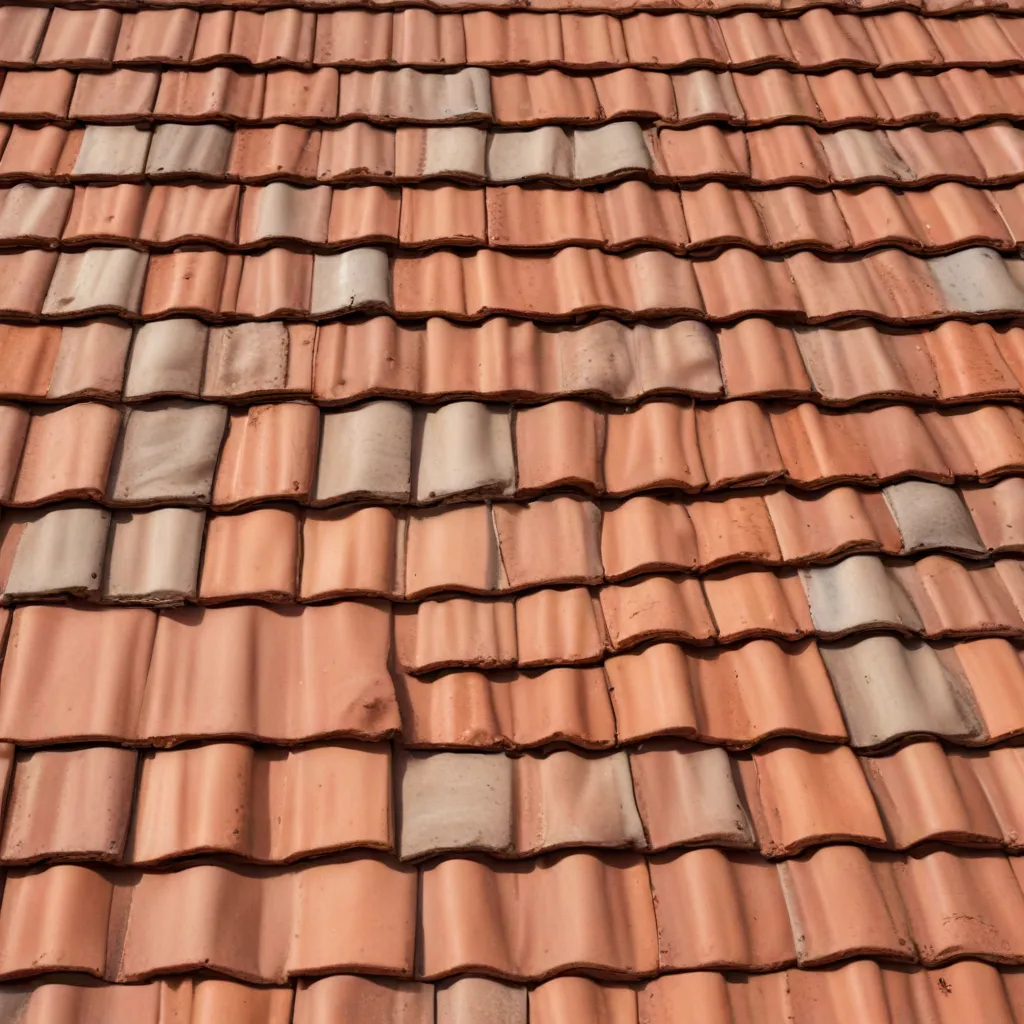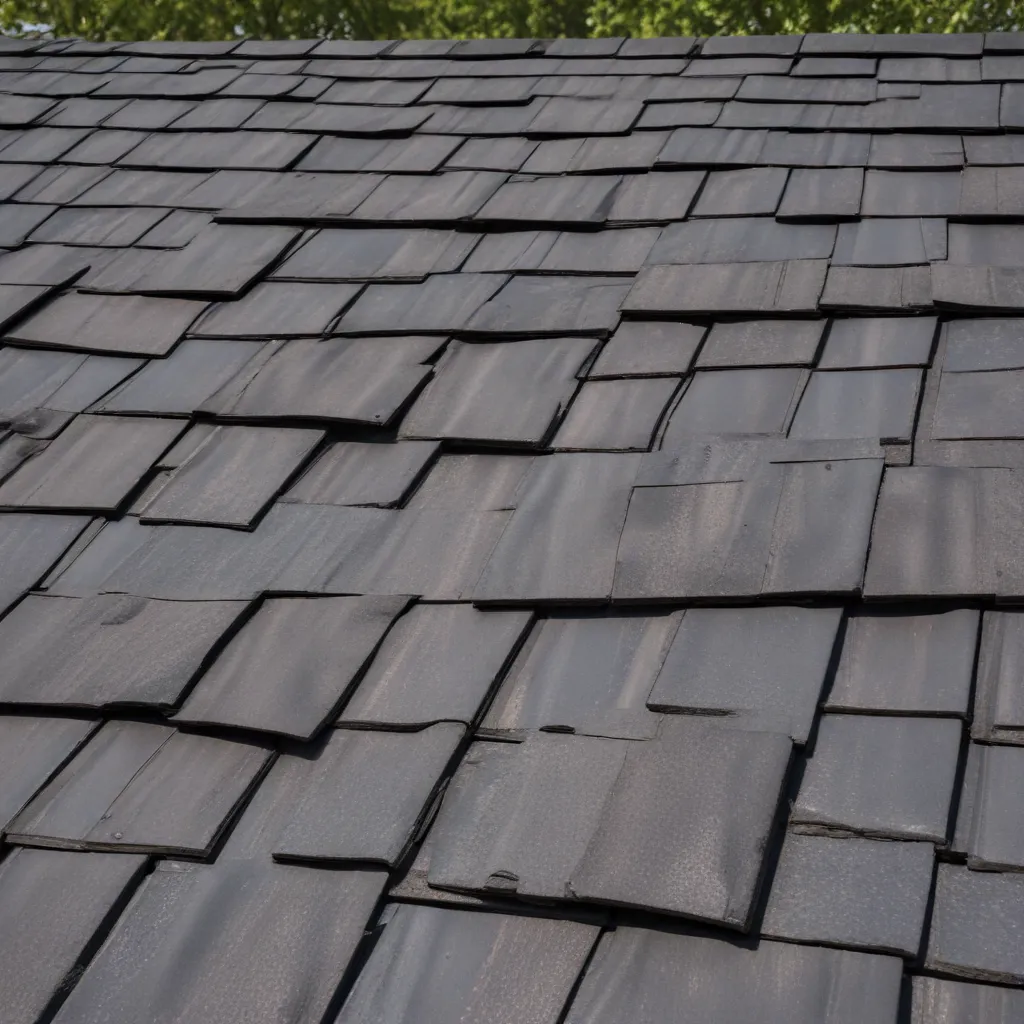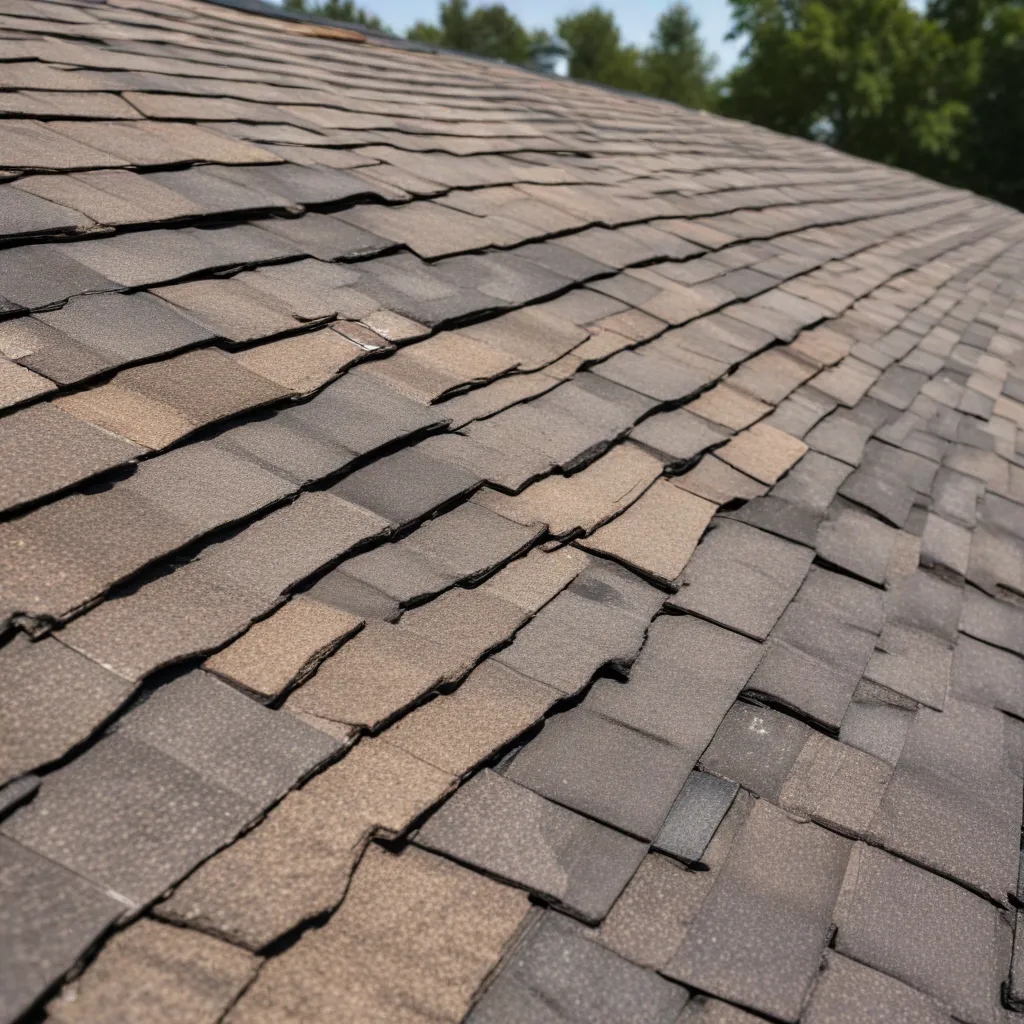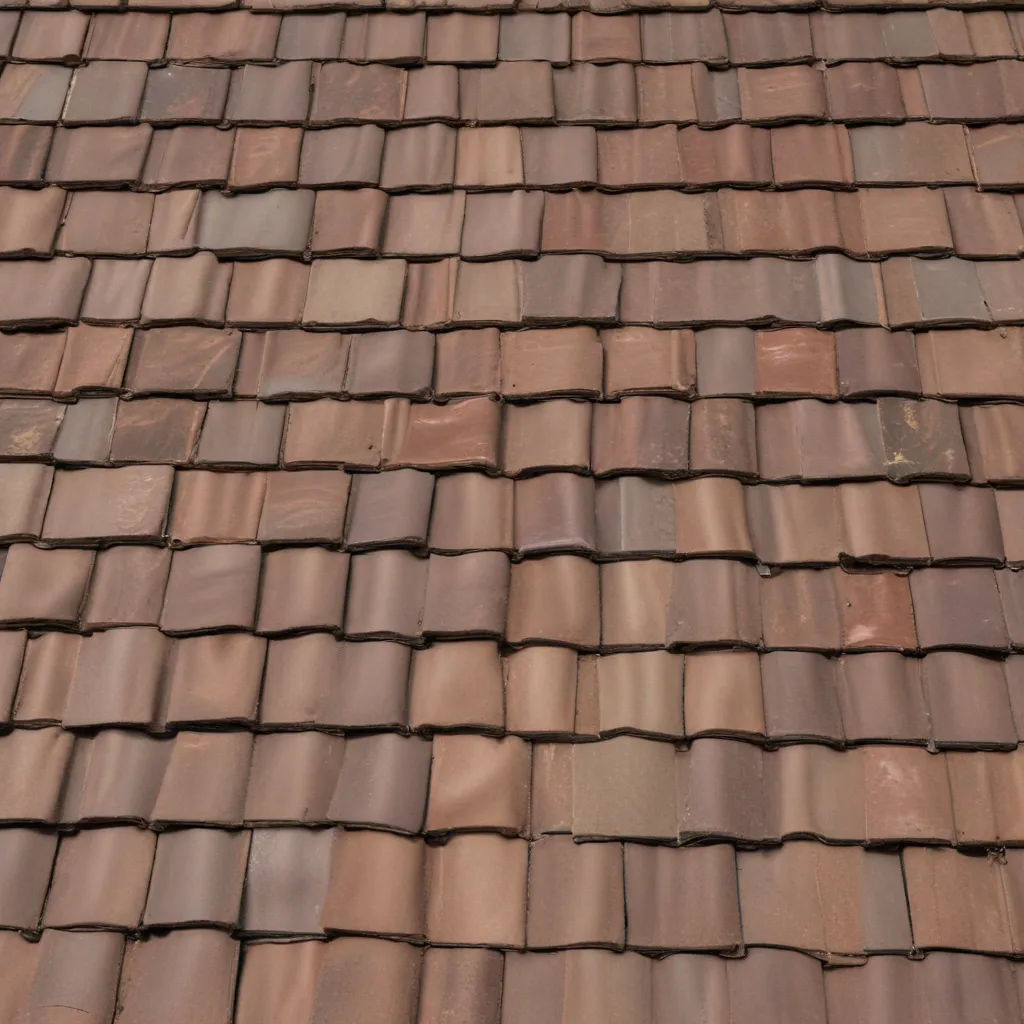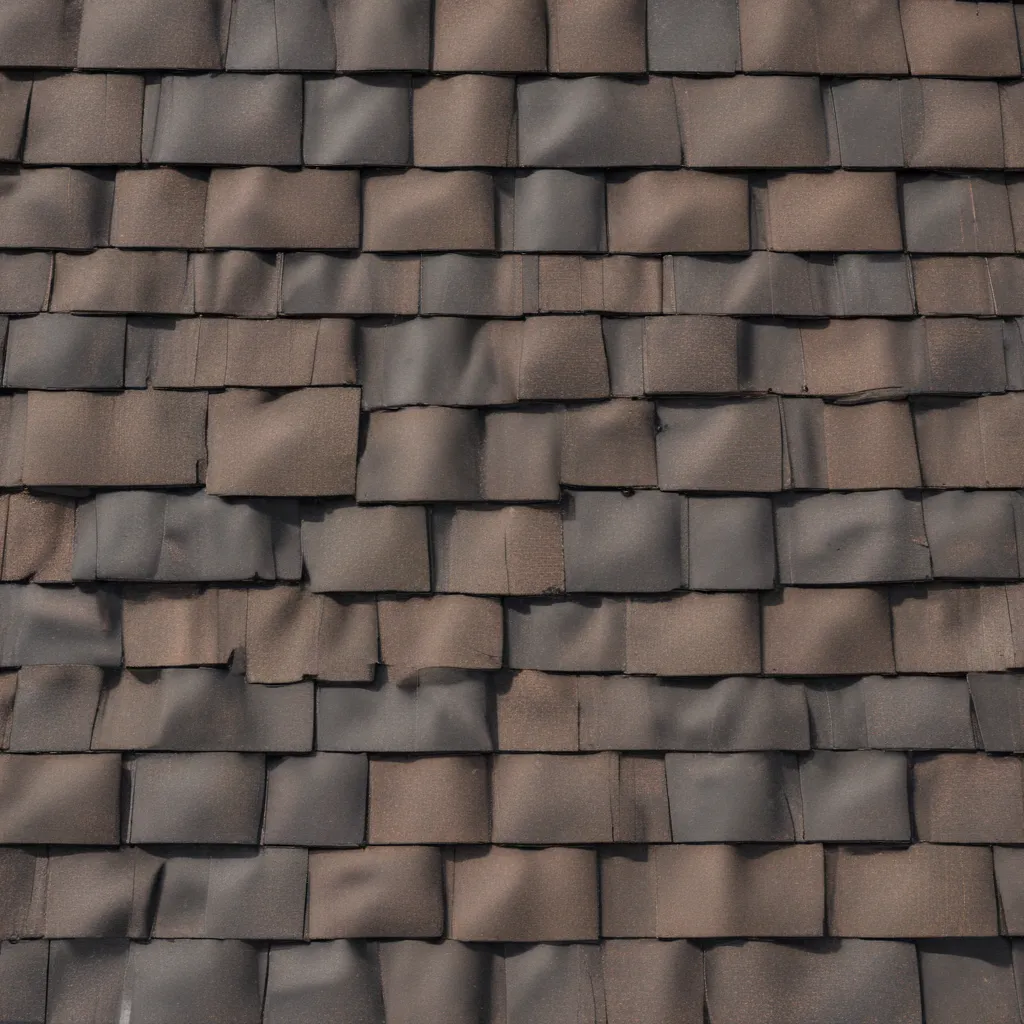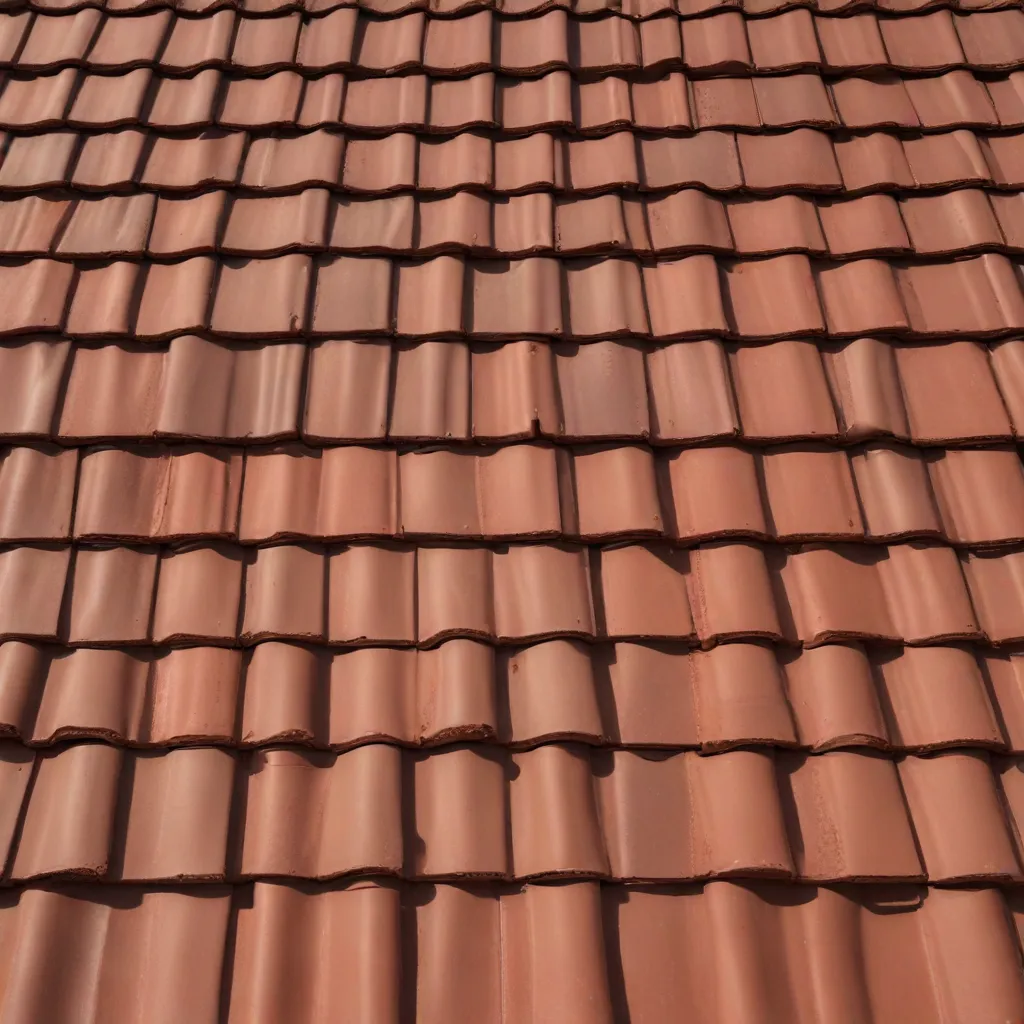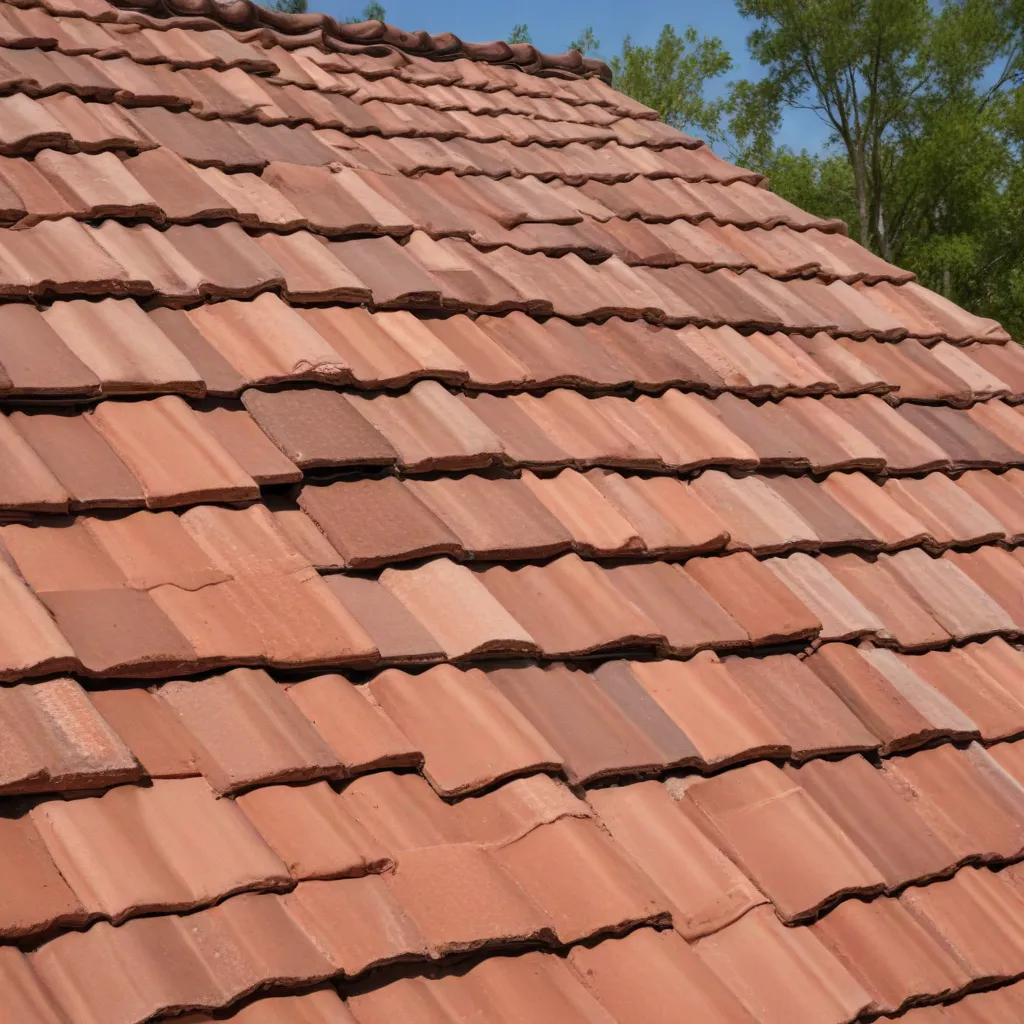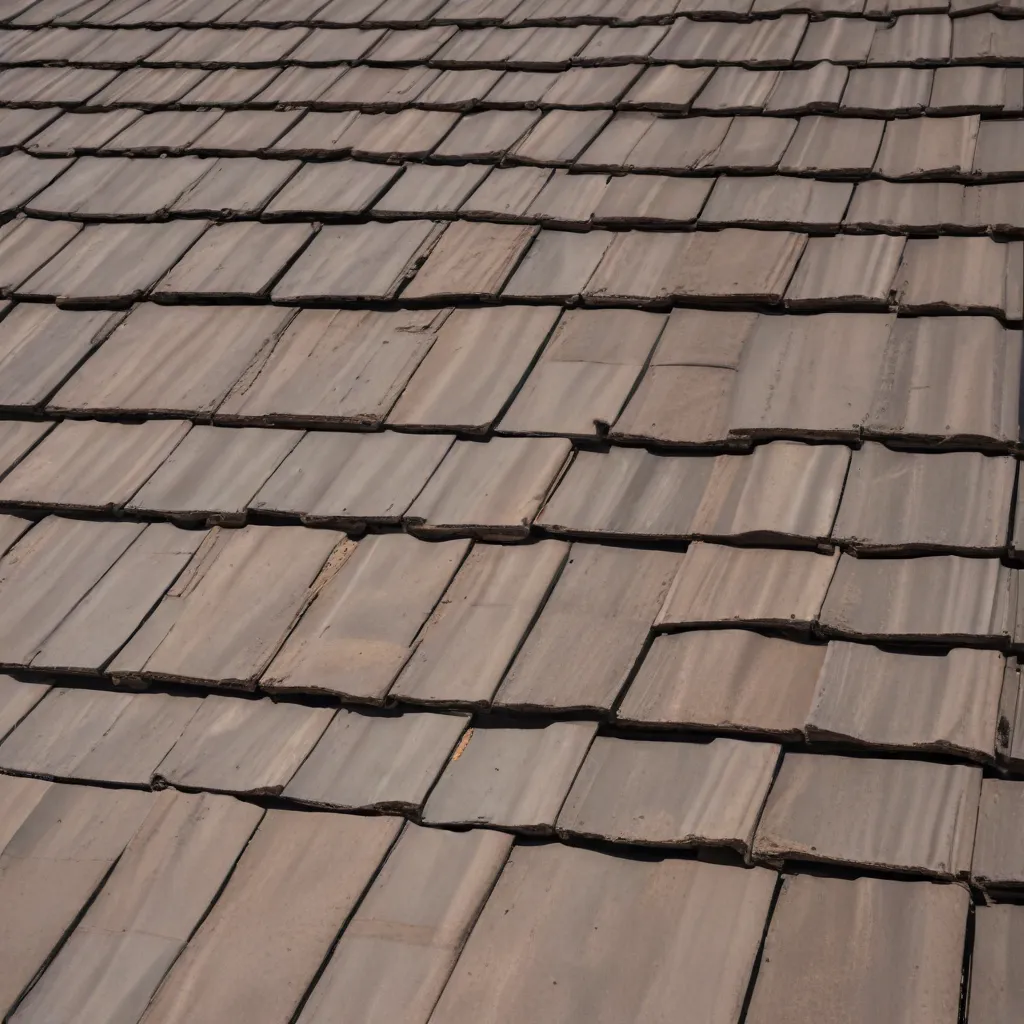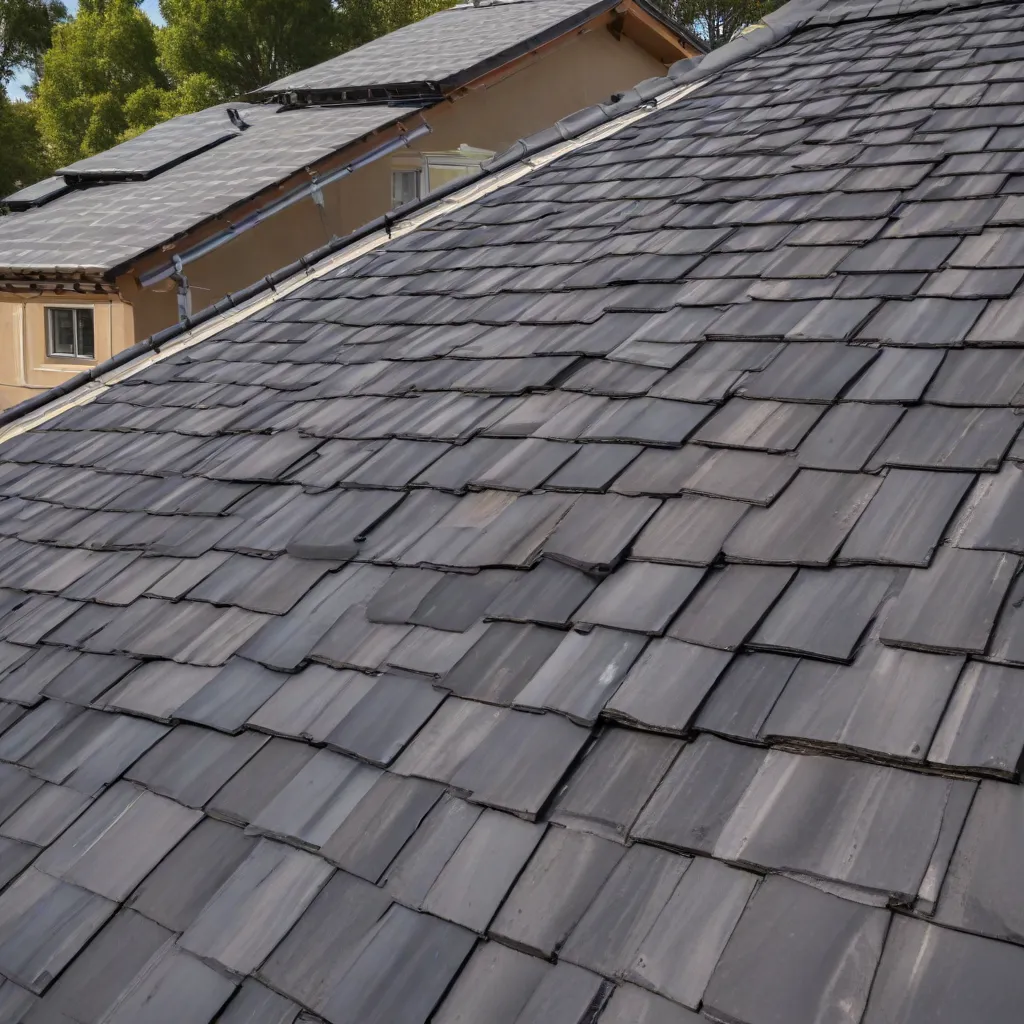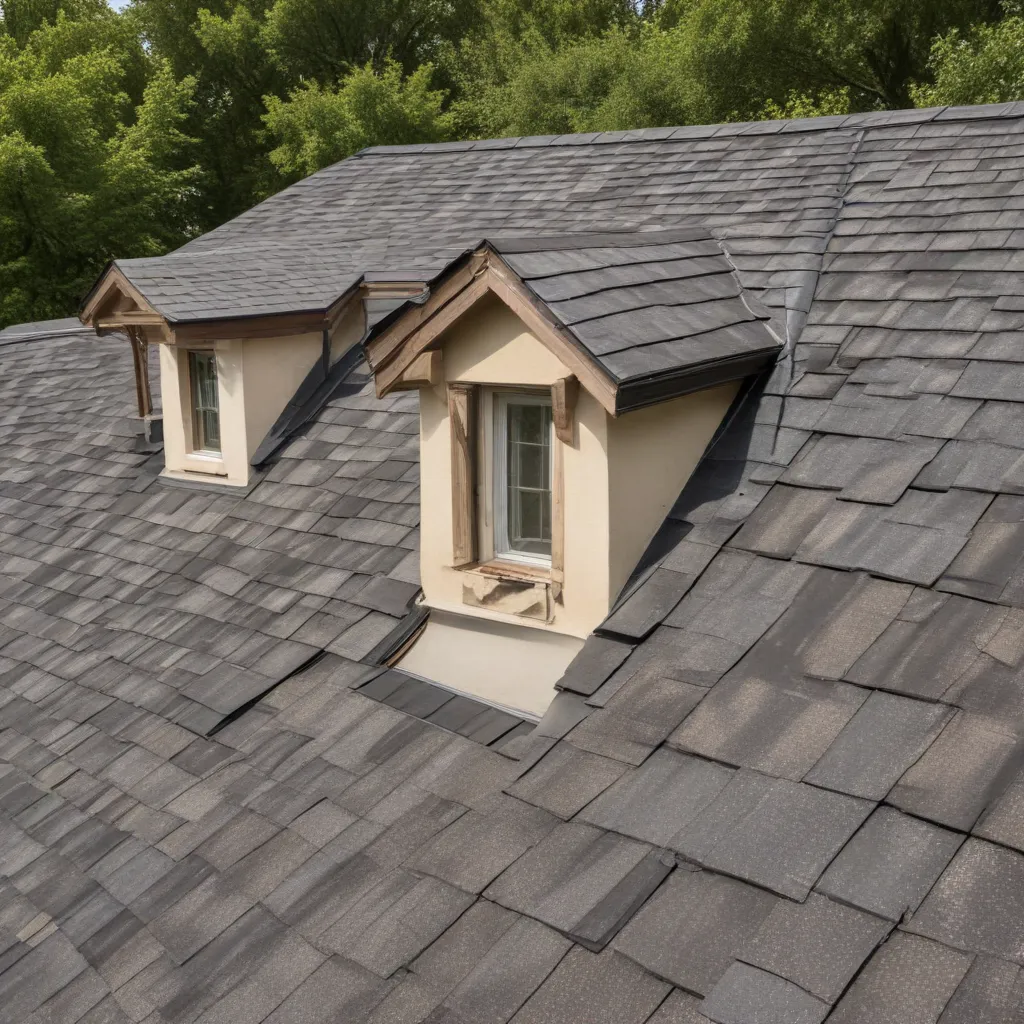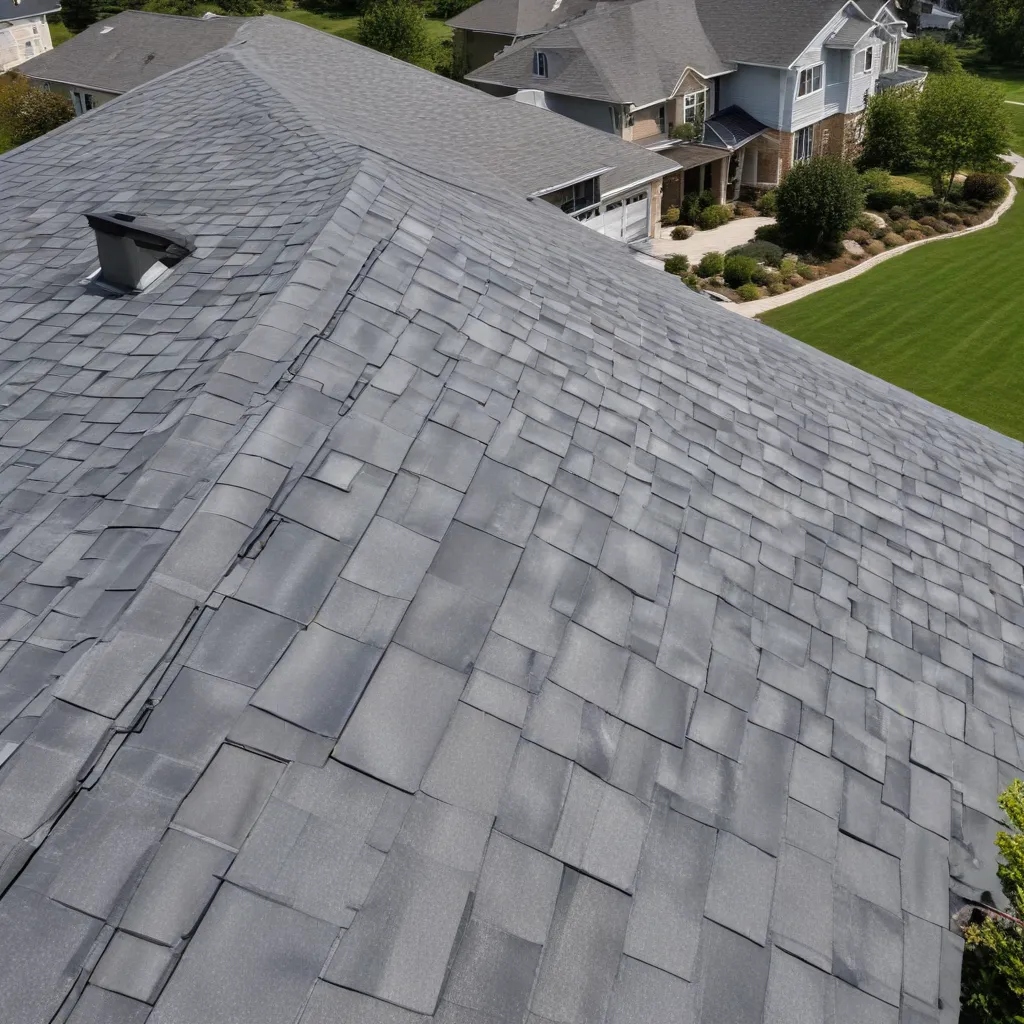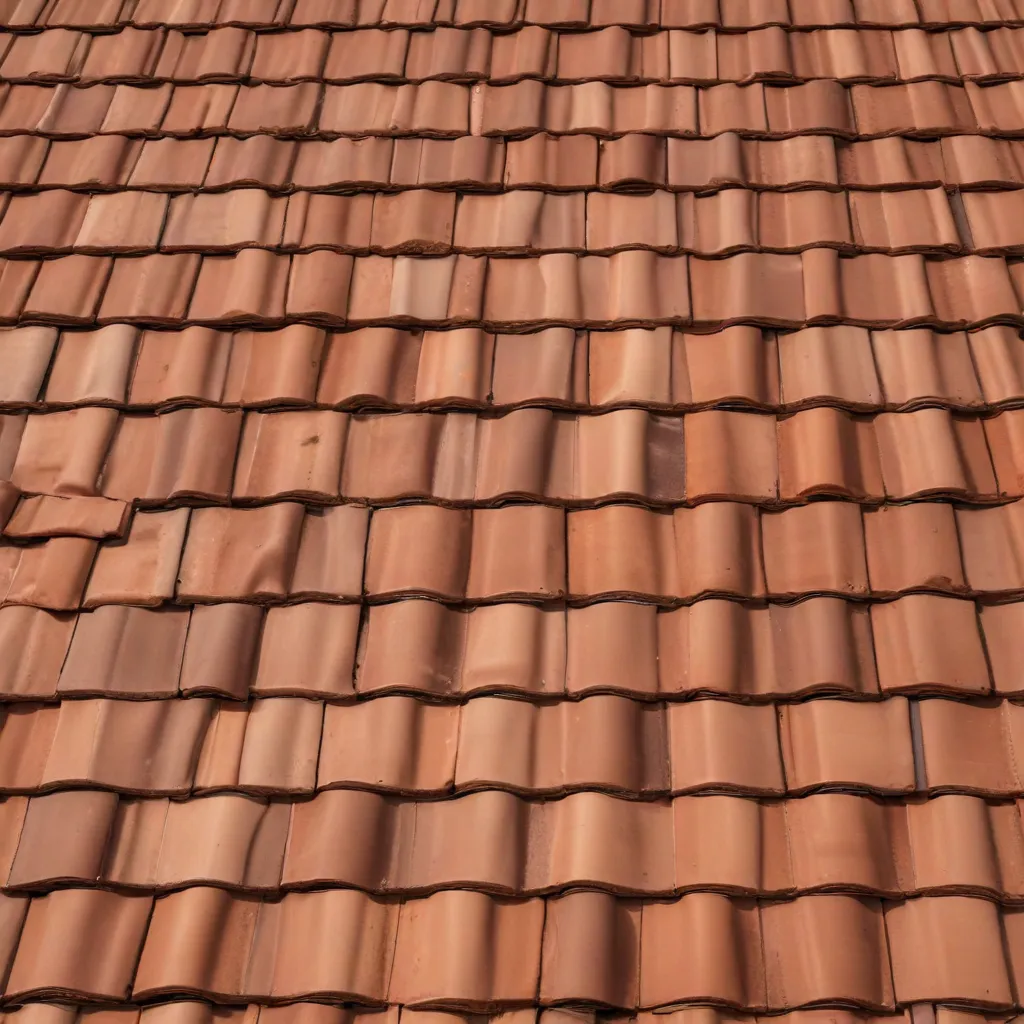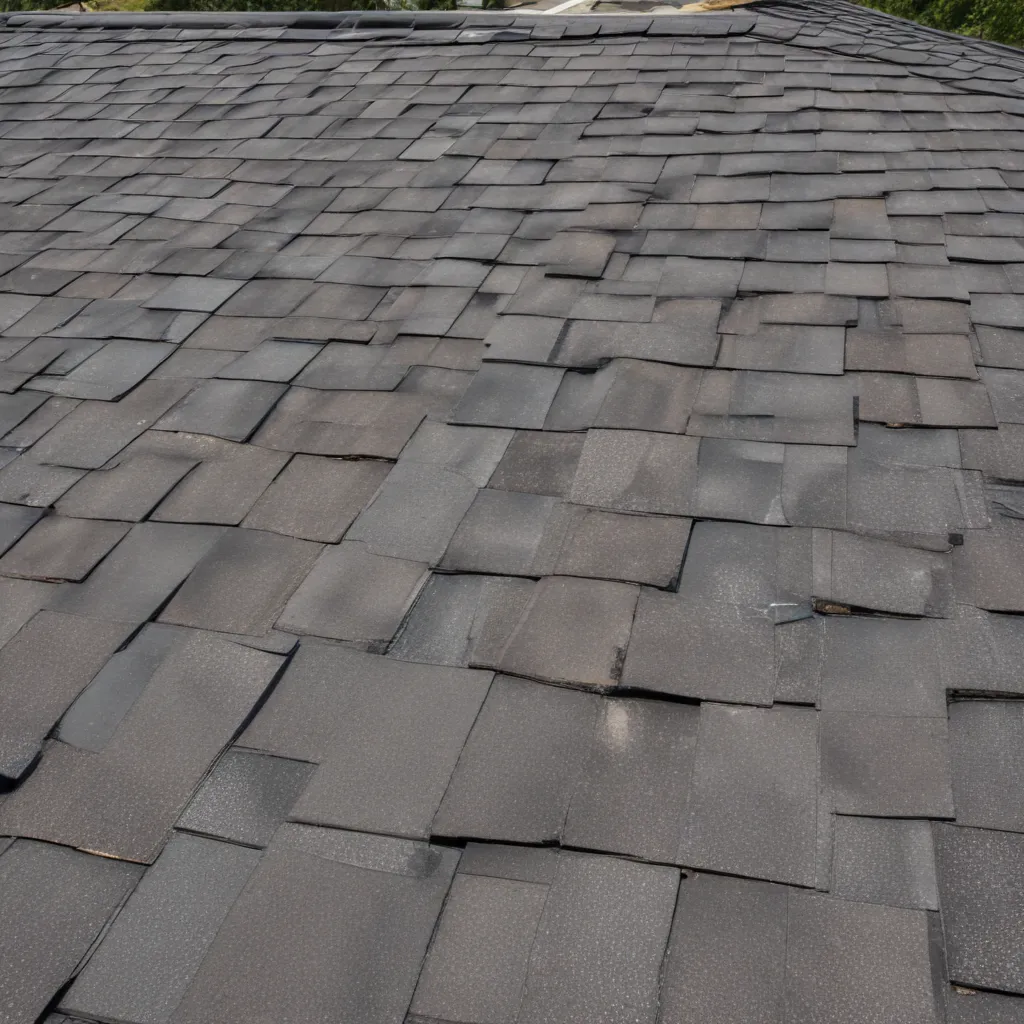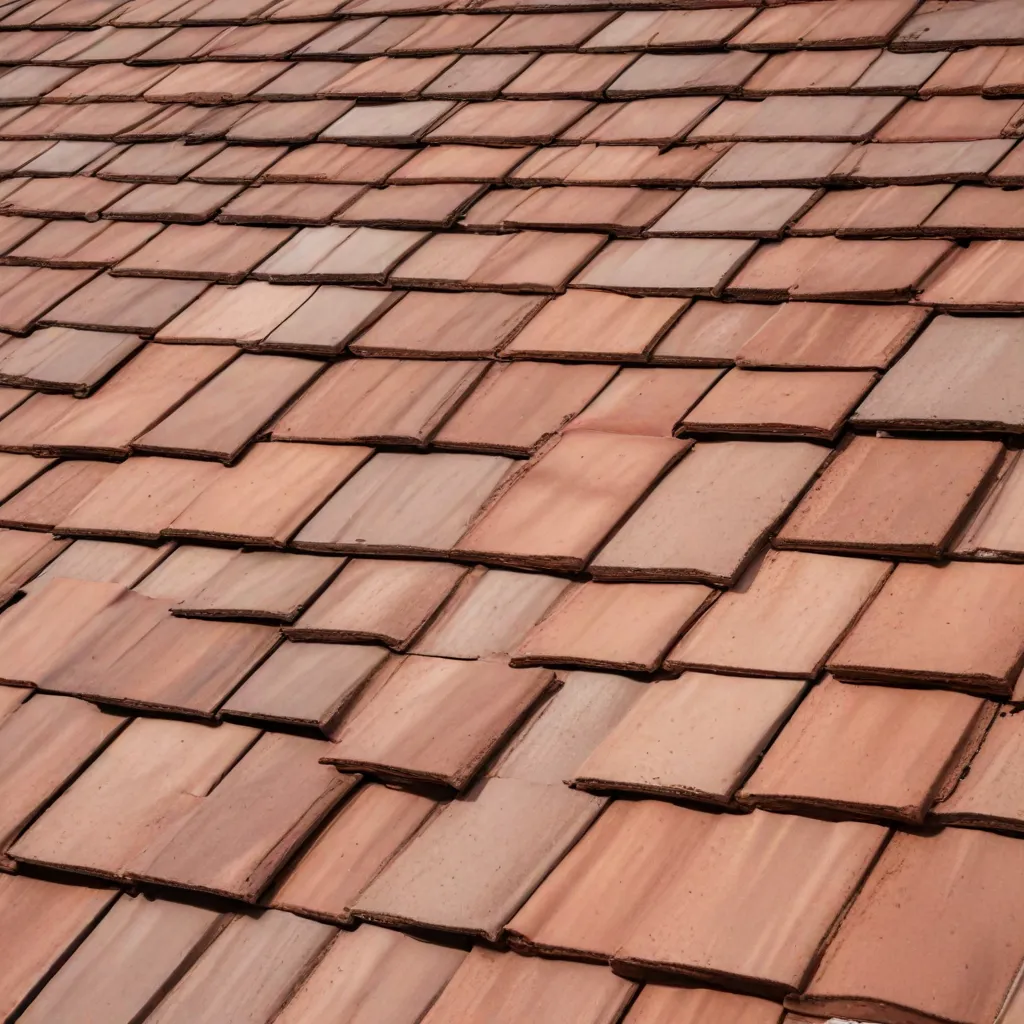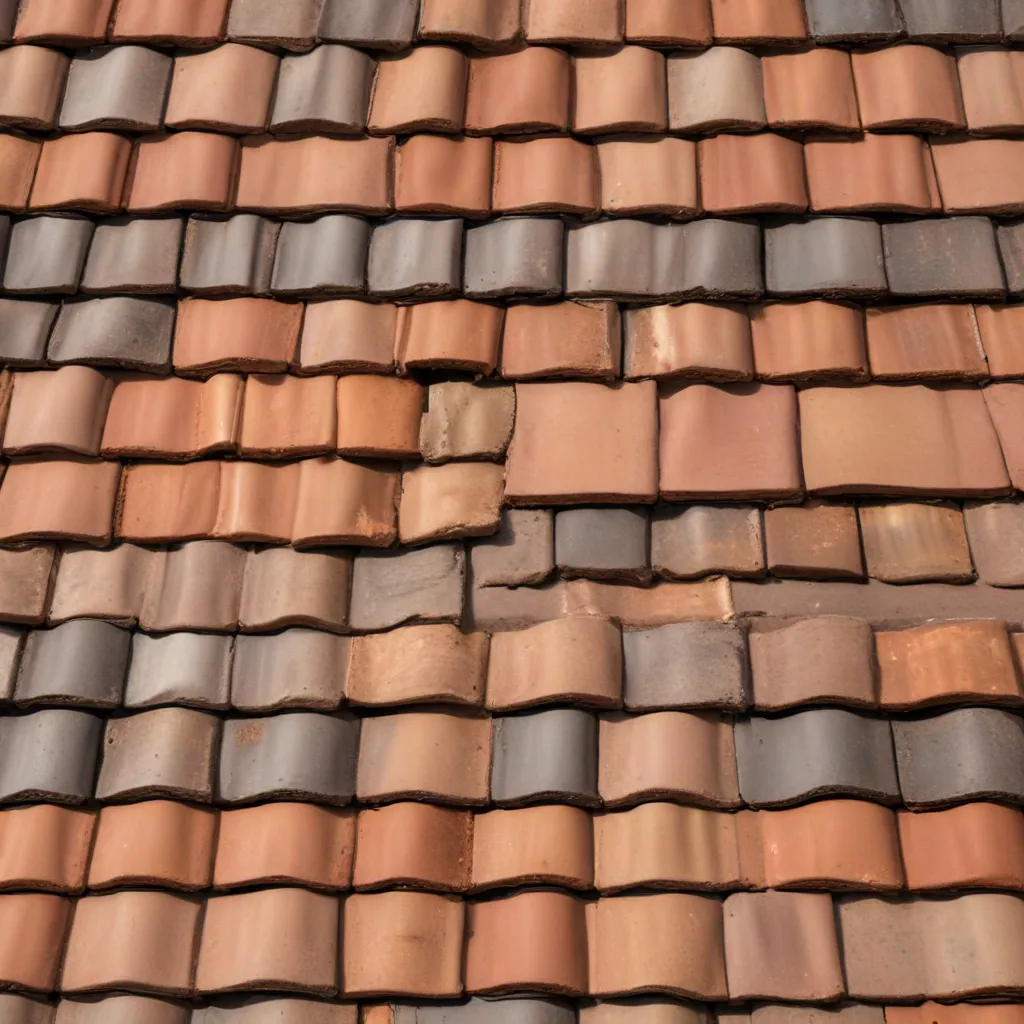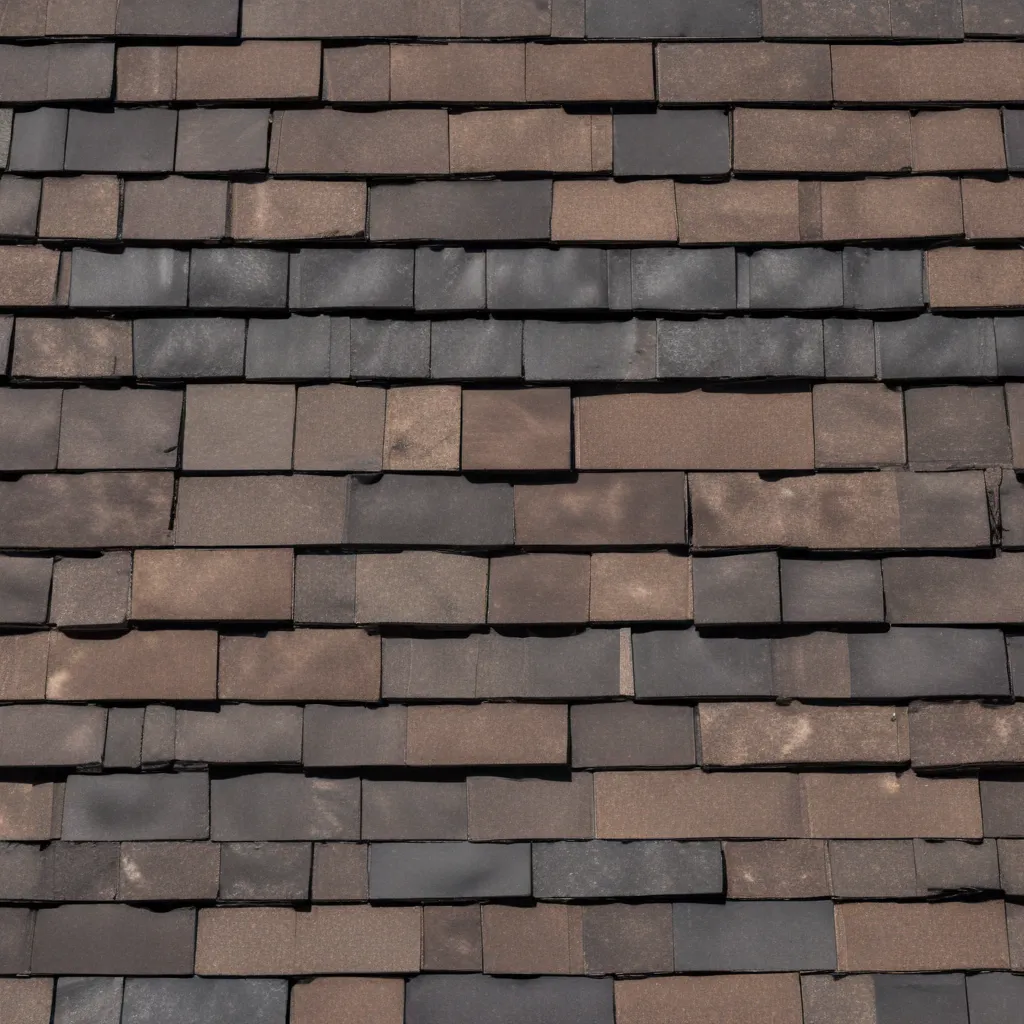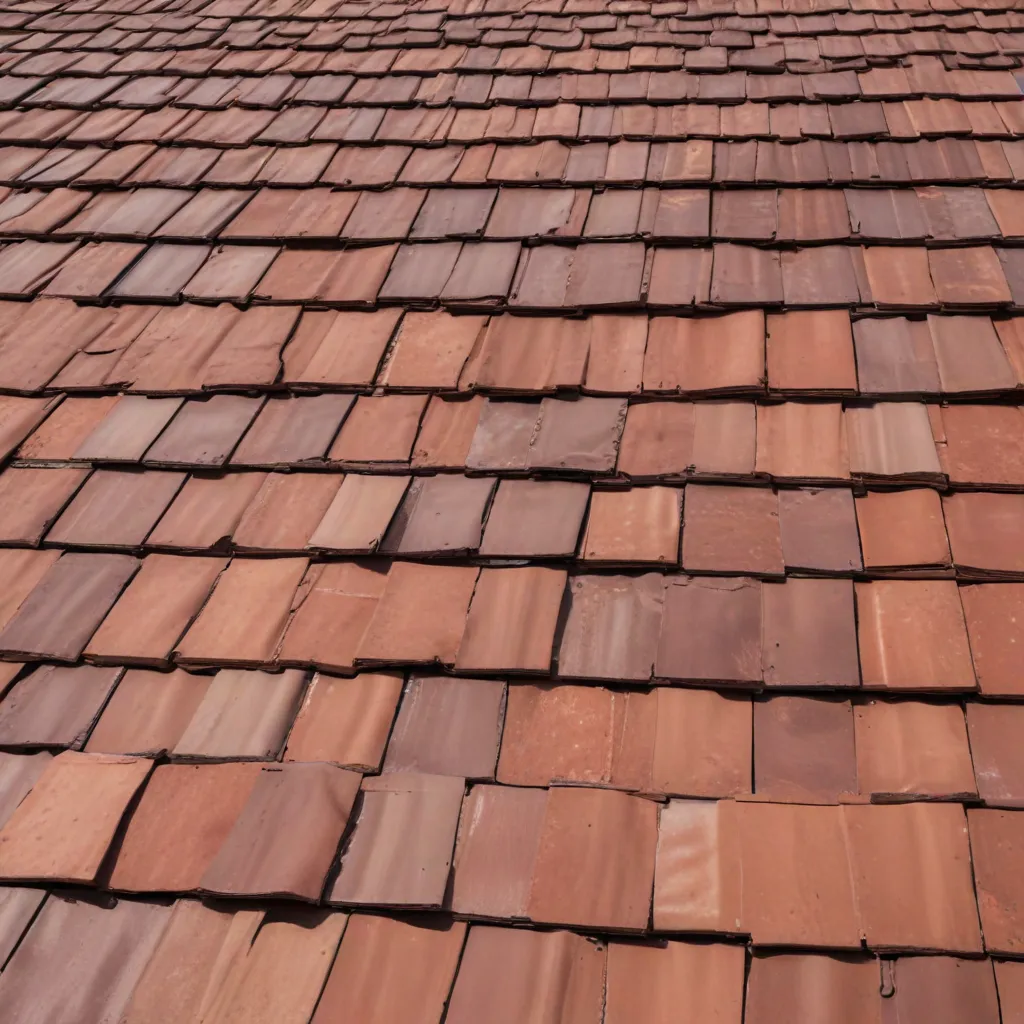The importance of proper roof ventilation cannot be overstated. It not only extends the lifespan of your roof but also helps to maintain a healthy living environment within your home. Mold and mildew growth can be particularly problematic, leading to various health issues and structural damage. In this comprehensive guide, we will delve into the intricacies of roof ventilation and provide you with expert tips to effectively ventilate your roof, ensuring a mold-free and well-maintained living space.
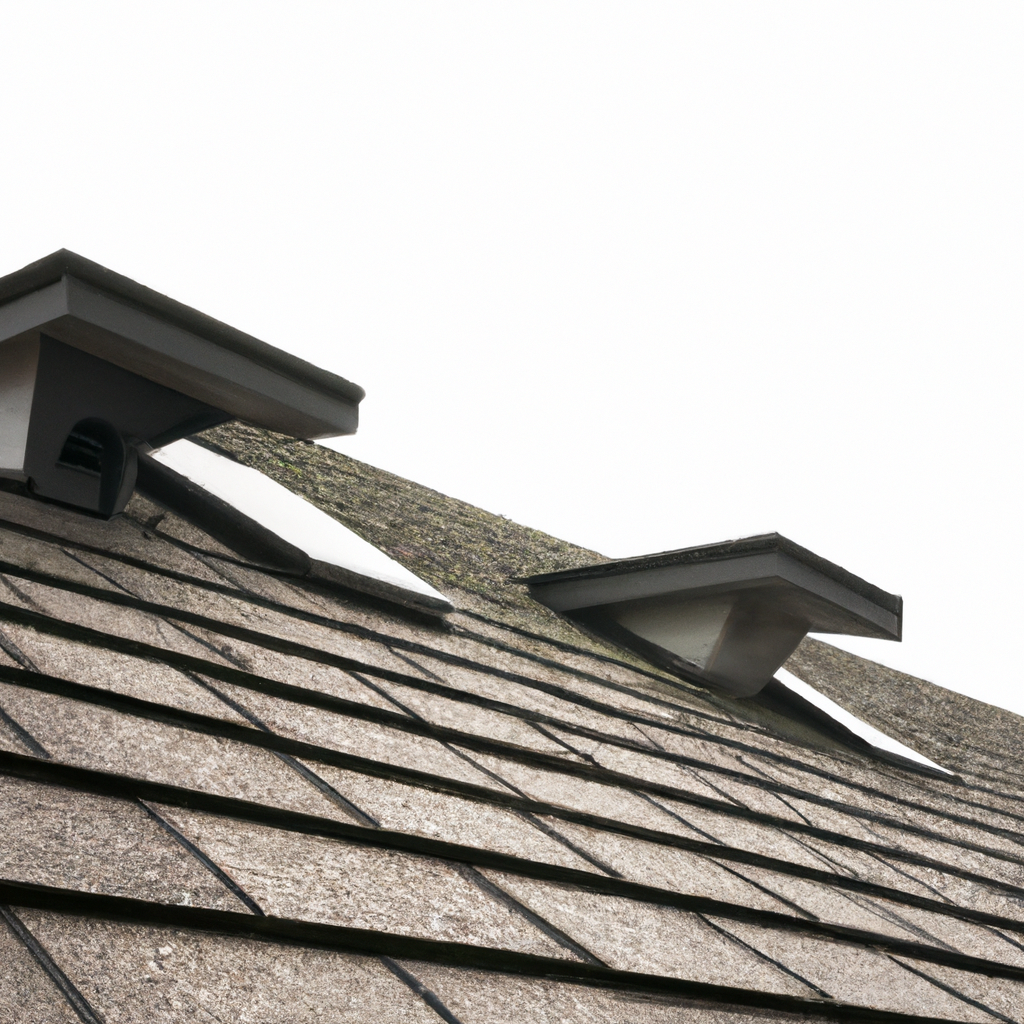
Understanding the Significance of Roof Ventilation
Roof ventilation refers to the process of allowing air to circulate freely within the attic or roof space. The primary goal is to maintain a balanced flow of air, which helps regulate temperature, remove excess moisture, and prevent the buildup of mold and mildew. Proper ventilation also plays a crucial role in preventing ice dams during winter and reducing energy costs throughout the year.
The Dangers of Mold and Mildew
Mold and mildew thrive in damp and poorly ventilated areas, making your roof an ideal breeding ground. The presence of mold not only compromises the structural integrity of your roof but also poses serious health risks. Exposure to mold spores can trigger allergies, respiratory problems, and even contribute to the development of asthma. This is why it is essential to tackle roof ventilation issues promptly and effectively.
Types of Roof Ventilation
There are various types of roof ventilation systems available, each serving a specific purpose. Here are some of the most common types:
1. Ridge Ventilation
Ridge ventilation is considered one of the most effective and efficient methods of roof ventilation. It involves installing vents along the ridge of the roof, allowing hot air to escape while drawing in cooler air from soffit vents. This constant airflow helps maintain a balanced temperature and prevents the buildup of moisture.
2. Soffit Ventilation
Soffit vents are installed underneath the eaves, providing a steady influx of fresh air into the attic or roof space. They work in conjunction with ridge vents, promoting proper air circulation and preventing the accumulation of heat and moisture.
3. Gable Ventilation
Gable vents are located on the exterior walls of the attic, near the peak of the roof. They work by creating a pressure difference, allowing hot air to escape through the gable vents while drawing in cooler air from the soffit vents. This type of ventilation is particularly effective in homes with gable-shaped roofs.
4. Turbine Vents
Turbine vents, also known as whirlybirds, utilize wind power to rotate and draw out hot air from the attic. As the turbine spins, it creates a suction effect, expelling hot air and moisture. However, it should be noted that turbine vents are not suitable for all roof types and climates.
5. Attic Fans
Attic fans are electrically powered fans installed in the attic to enhance air circulation. They can be used in combination with other ventilation systems to improve overall efficiency. It’s important to ensure proper installation and sizing to maximize their effectiveness.
Expert Tips for Effective Roof Ventilation
Now that we have explored the different types of roof ventilation, let’s delve into some expert tips to ensure your roof is properly ventilated, minimizing the risk of mold and mildew growth.
1. Assess Your Current Ventilation System
Start by evaluating your existing ventilation system. Determine whether it is adequate for the size and structure of your roof. Consider consulting a professional to assess your ventilation needs accurately.
2. Clean and Unblock Vents Regularly
Regularly clean and inspect your vents to ensure they are free from debris, such as leaves, dust, or bird nests. Blocked vents impede airflow, diminishing the effectiveness of your ventilation system.
3. Install Additional Vents if Necessary
If your current ventilation system is insufficient, consider installing additional vents to promote proper airflow. Consult with a roofing professional to determine the best placement and type of vents for your specific roof structure.
4. Insulate Your Attic Properly
Proper insulation is crucial for maintaining a well-ventilated roof. Insulate your attic to prevent heat from entering your living space during summer and escaping during winter. This helps regulate the temperature and reduces the strain on your ventilation system.
5. Seal Leaks and Cracks
Inspect your roof regularly for any leaks, cracks, or gaps that may compromise the effectiveness of your ventilation system. Address these issues promptly to prevent moisture infiltration and subsequent mold growth.
6. Consider Solar-Powered Ventilation
Solar-powered ventilation fans are an eco-friendly and energy-efficient option. These fans utilize solar panels to power the fan, reducing energy consumption while ensuring proper ventilation.
7. Seek Professional Assistance
If you are unsure about the ventilation requirements of your specific roof, it is always advisable to seek professional assistance. A qualified roofing contractor can assess your needs and provide expert guidance on the most suitable ventilation system for your home.
In conclusion, proper roof ventilation is vital for maintaining the integrity of your roof and ensuring a healthy living environment. By understanding the different types of ventilation systems and implementing expert tips, you can effectively prevent mold and mildew growth, prolong the lifespan of your roof, and enjoy a comfortable home. Remember to assess your current ventilation system, clean and unblock vents regularly, and seek professional assistance when needed. With these measures in place, you can bid farewell to mold and mildew, welcoming a well-ventilated and mold-free roof.

